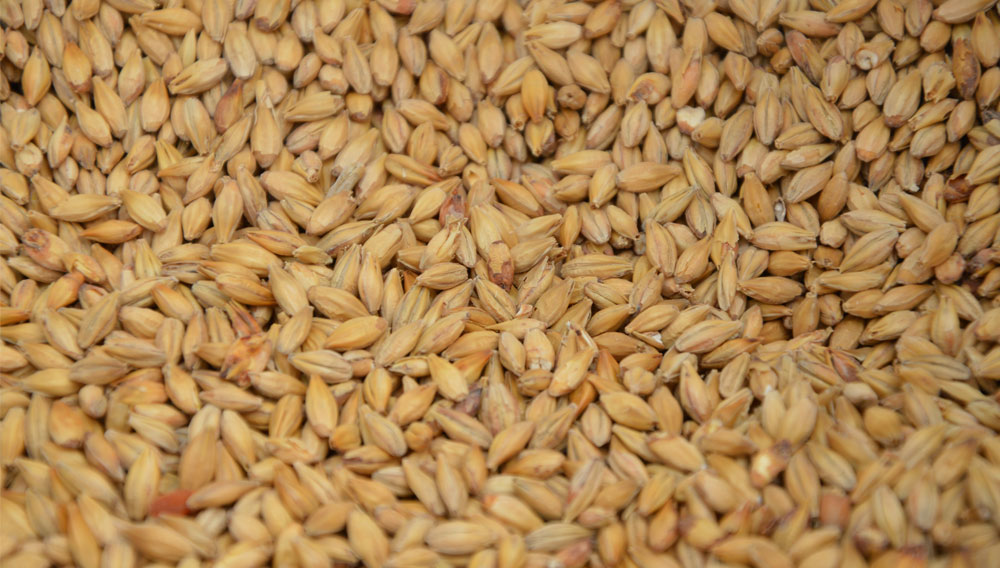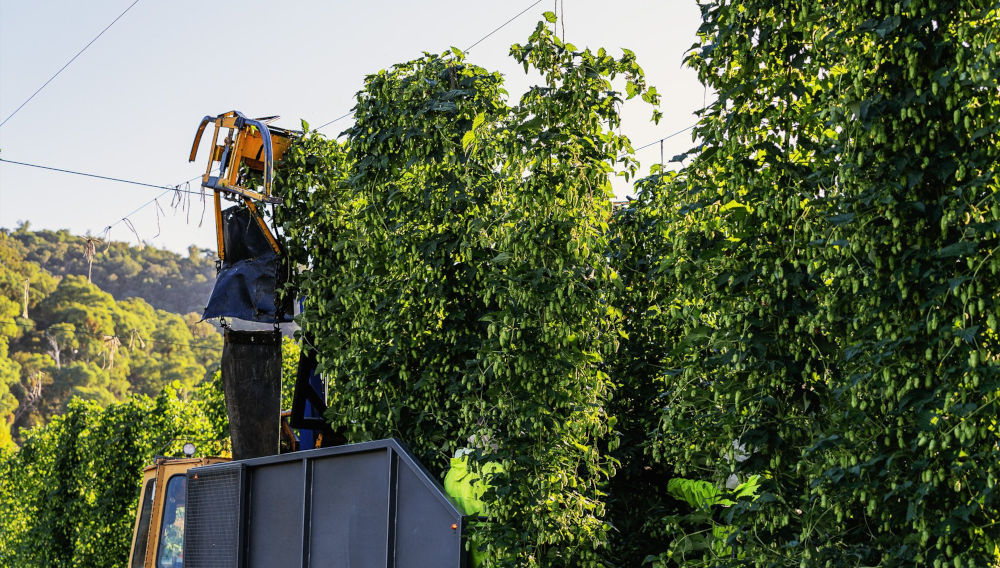
Europe | There’s significantly more spring malting barley available in Europe from this year's harvest than originally expected. However, the results are very heterogeneous – depending on the time of sowing, soil type and weather conditions, even within the same region. Nevertheless, the reported results are better than initially expected. The protein content in particular is often poor. Here the industry will have to come to an agreement with the sellers.

Hopping in the cold stage | The production of hoppy beer requires the use of late hop additions, usually during fermentation or maturation of the beer. The aim of this publication is to introduce a method for transferring hop aroma compounds into beer in the cold stage without directly adding hops to the beer. The method presented here allows for recipe-specific, flexible dry-hopping of beers without the ingress of unwanted particles, thereby avoiding many disadvantages associated with conventional dry-hopping.

Plant secondary compounds | Barley does not always have a yellowish colour: some cultivars have a violet, blue or black colour. Using various analyses, it was possible to gain a more detailed understanding of the pigments of several historical barley breeds. On the one hand, anthocyanins which are regarded as having a health benefit and, on the other hand, a hitherto unknown melanin, the structure of which could be identified to a certain degree, were determined. While melanins are insoluble in water, the anthocyanins could also be used for brewing beers coloured red.
Nuremberg | On 16 July 2024, hop specialist BarthHaas presented the latest BarthHaas Report at an online press conference. It shows that the world hop acreage declined in 2023 for the second year in succession. It decreased by 3.3 percent year on year to stand at 60,641 hectares.

Europe | Spring barley growth in Europe is currently very heterogeneous. High rainfall in spring has led to protracted sowing in some regions.
Nuremberg | On 20 December 2024, BrewingScience will publish its 14th Hop Special, which covers all hop-related topics, from hop cultivation and hop varieties to hop technologies, analytics and the impact on beer. The call for papers is out now.

Mashing procedures | In 1996, Stenholm et al. [4] asked: “Are the days of Congress mashing over?” In the following article, Evan Evans and John Brauer examine this question and come to a conclusion which reflects modern brewing practice. Following the article, John Brauer talks with us about the joint Euromalt-EBC workshop on different mashing procedures in October 2023 and the implications for the brewing industry.

New technique | The advantages of malt conditioning are undisputed. However, owing to the high cost of procurement and complicated operation, in SME breweries malt is seldom conditioned prior to milling. In order to change this, BrauKon has developed a cost-effective, low-maintenance and fully CIP-able downdraft conditioning segment.
Australia | Hop Products Australia (HPA) have completed this year’s harvest. They picked 670 hectares across Victoria and Tasmania, which resulted in 1,340 tonnes of hops. This was a 177 hectare decrease and a 480 tonne decrease year-on-year across six proprietary varieties – Eclipse, Ella, Enigma, Galaxy, Topaz and Vic Secret, as well as Cascade.

Europe | The spring barley acreage in Europe may be larger this year. However, work has been delayed due to the high rainfall in many regions. It is therefore not possible to say for certain what quantities and qualities can be expected. However, it is already clear that the market will enter the new season without significant surplus.
Nuremberg | The international hop specialist BarthHaas has published its Hop Harvest Guide 2023 in March. Brewing and hop professionals all over the world value the guide for its comprehensive documentation of the quality of the most recent hop crop. It helps brewers to adapt their processes and recipes to the changes identified in the respective crop year.







